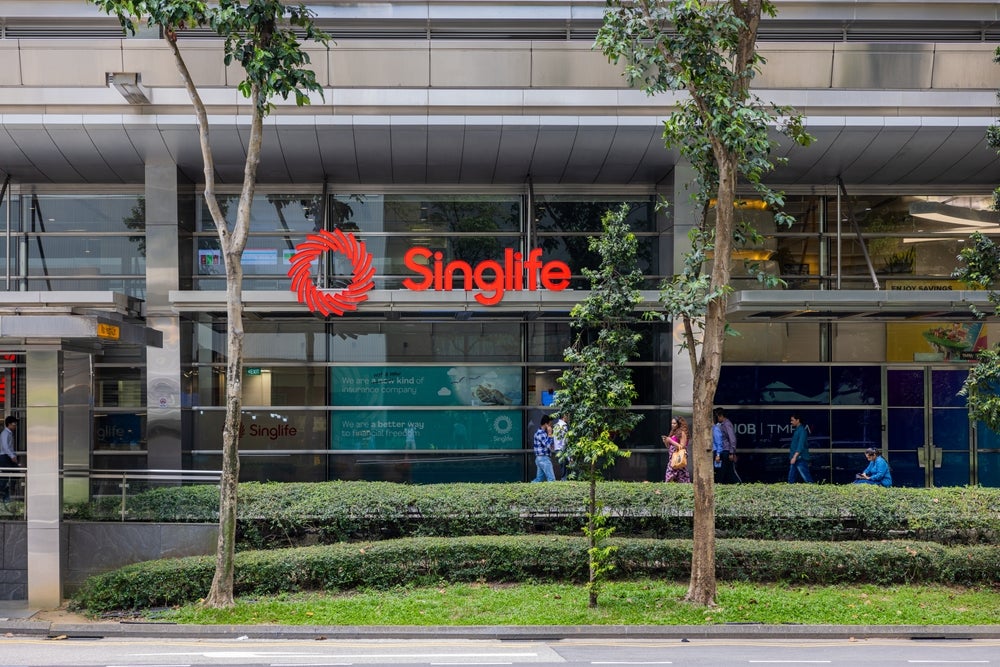Innovate or risk oblivion,
says one of the insurance industry’s leading thinkers.
In a stirring address to the
2010 LIMRA Annual Conference in Washington DC, Robert Kerzner,
president and CEO of financial industry organisations LIMRA, LOMA
and LL Global, put out a challenge to more than 450 senior US
insurance executives. That challenge is to find new ways to adapt
their product design, underwriting and distribution models in order
to advance the life insurance industry, or risk obsolescence as the
economic uncertainties combine with regulatory upheavals to roil
the industry.
“Many of the fundamentals of
our business are out of balance,” Kerzner said. “In the animal
kingdom, failure to adapt means extinction. In the same way,
companies need to significantly transform their thinking and adapt
their business models in order to remain competitive.”
Kerzner emphasised the
historical precedent of companies in many different fields that
failed to adapt their business models, became obsolete, while those
that had the foresight to identify weaknesses and as a result,
innovate and change, often were the winners.
Lesson from other
industries
How well do you really know your competitors?
Access the most comprehensive Company Profiles on the market, powered by GlobalData. Save hours of research. Gain competitive edge.

Thank you!
Your download email will arrive shortly
Not ready to buy yet? Download a free sample
We are confident about the unique quality of our Company Profiles. However, we want you to make the most beneficial decision for your business, so we offer a free sample that you can download by submitting the below form
By GlobalData Kerzner detailed a
Kerzner detailed a
number of companies like Xerox, whose high barriers of entry fooled
it into believing it had the copier market to itself, only to find
a host of nimble competitors that outpaced it by offering personal
copier technology.
From Blockbuster, which
failed to keep up with changes in home entertainment, to retailer
Woolworth’s, Kerzner recited a litany of failed business models
killed by disruptive technologies. Complacency, he said, led these
companies from market leadership to ruin.
On the other hand, Kerzner
cited Coca-Cola, which went from dominating the cola market to
realising that it was actually in the “fluids” business. Coca-Cola
now has 500 brands in 200 countries, and non-soft drink volume that
accounts for 25% of the company’s volume.
“They found a different
business model by expanding their vision, and by accepting change,”
he said. “They saw the business they were in shrinking and so they
rethought the model.”
Kerzner said that the life
insurance industry must ask itself the same sorts of
questions.
“What business are we really
in? We aren’t just in the death business – we are in the risk
business. We are also in the savings business. When we saw the
possibilities differently, we were able to advance,” he
said.
“How do we get a bigger share
of the overall savings dollar? We must not remain so rooted in
what’s worked in the past, stressed Kerzner.
He added: “Annuities have
been great for the industry, but the growth really took off when we
found new distribution channels.”
Technology driving
change
Kerzner said that people
still want to buy insurance products face-to-face, but technology
can change the meaning of face-to-face.
“Can we better leverage
technology to build a different business model?” he asked.
“Underwriting and issuance can be real-time, and we can close sales
and distribute our product through new models.”
Kerzner noted the inversion
of the risk/reward ratio that has developed in this new business
environment, and its impact on insurers.
He outlined factors such as
the low interest rate climate, the legislative and regulatory
environment, unfavourable interest spreads, and higher operating
costs that have led to greater risks for companies with potentially
diminished rewards.
Kerzner also emphasised that
regulators worldwide were changing capital requirements and
accounting rules, leaving many companies with a capital conundrum
of how best to deploy capital and what levels of capital to
maintain.
He predicted merger and
acquisition activity would intensify.
The “old model” featured less
risk, lower face amounts and cash-value growth to offset death
benefits, all of which meant
double-digit return on equity industry-wide.
Today’s model features
greater risk with lower potential rewards, larger face amounts,
more expensive reinsurance, unpredictable lapses due to
investor-owned life insurance and the volatility of
securitisation.
Add to that unfavourable
interest spreads, higher operating costs, and the list just goes on
and on, Kerzner said.
In the variable annuity
space, the predominant risk once was the death benefit. The arms
race of guarantees crippled earnings, bringing the risk-reward
balance out of alignment.
“We have not added adequate
new distribution,” Kerzner said. “We need to make a quantum leap
forward — harnessing technology and finding innovative ways to get
our products in front of more Americans.”
Recent LIMRA research found
that half of US households (58m) believe they need more life
insurance; but eight in 10 households currently do not have a
personal life insurance agent or broker to turn and most of them
say they never did.
With life insurance ownership
at a 50-year low, Kerzner suggested that companies employ
technological solutions to better reach this audience.
“We have too much
manufacturing chasing too little distribution,” he said, adding
that even annuity distribution is shrinking, and shelf space is
more crowded than ever before.
According to Kerzner, all of
these signs point to the need for more distribution.
“I believe we could be at a
tipping point where there could be massive change. Never before
have so many challenges come at us at one time,” he
said.
A tectonic shift in business
models is needed for the industry to adapt and evolve, he
concluded.
“Those businesses that
respond to the change – and even some who drive that change – are
the ones willing to change their business models in real time.
Change, or become extinct.
There is an amazing
opportunity if we adapt to the new world, with new products and new
channels of distribution.
We must change enough, adapt
enough to avoid the mistakes that others have made, and not let the
past keep us from seeing the future.”
Charles
Davis







